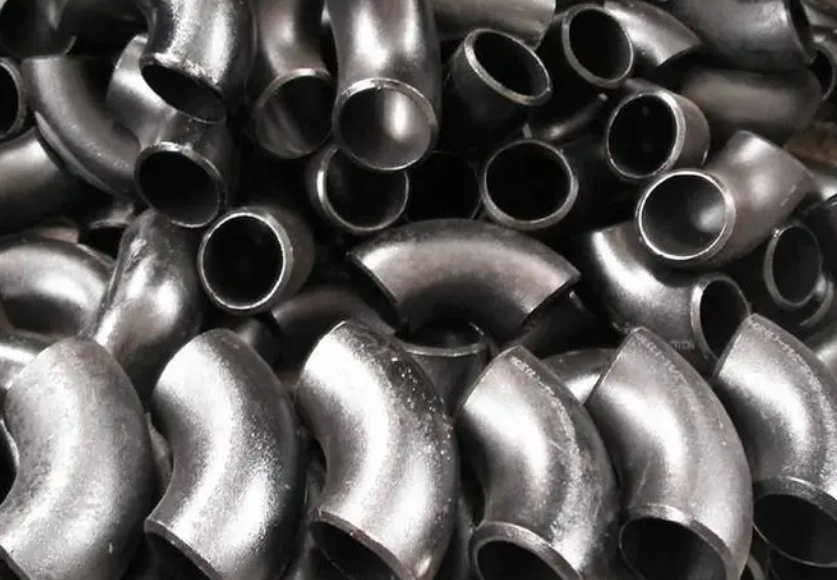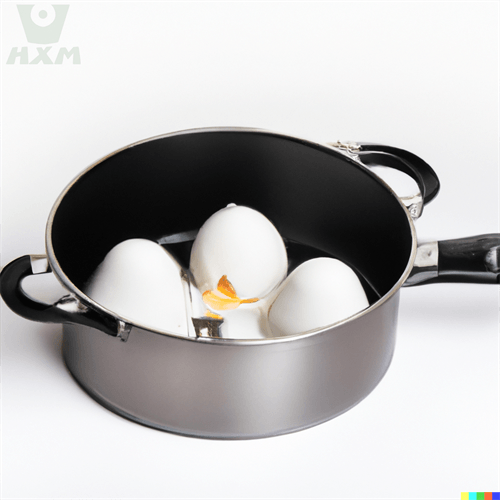Carbon steel is an iron-carbon alloy containing 0.0218% to 2.11% carbon. It is also called carbon steel. Generally, it also contains a small amount of silicon, manganese, sulfur, and phosphorus. In general, the higher the carbon content in carbon steel, the higher the hardness and strength, but the lower the plasticity. In this post, let’s take a close look at the grade and application of carbon steel.

Grade and Application of Carbon Steel
Carbon steel can be classified according to the chemical composition and characteristics of the product. Low-carbon steel also belongs to the low-carbon steel category because of its similar carbon content. Common carbon steel does not contain alloys and can be divided into four categories.
- Low carbon steel
Low-carbon steel has a carbon content of 0.04-0.3% and is the most common grade of carbon steel. Low-carbon steel is also considered low-carbon steel because it is defined as having a low carbon content of 0.05-0.25%. Low carbon steel has ductility and high plasticity and can be used for automotive body parts, sheet, and wire products. At the high end of the low carbon content range, with up to 1.5% manganese, the mechanical properties are suitable for stamping parts, forgings, seamless tubes, and boilerplates. - Medium carbon steel
Medium carbon steel has a carbon content range of 0.31-0.6% and a manganese content range of 0.6-1.65%. This type of steel can be heat-treated and quenched to further adjust the microstructure and mechanical properties. Popular applications include axles, railway axles, gears, guide rails, and railway wheels. - High carbon steel
High-carbon steel has a carbon content of 0.6-1% and a manganese content of 0.3-0.9%. The characteristics of high-carbon steel make it suitable for use as springs and high-strength wire. These products cannot be welded unless a detailed heat treatment process is included in the welding procedure. High-carbon steel is used for cutting tools, high-strength wire, and springs. - Ultra-high carbon steel
Ultra-high carbon steel, with a carbon content of 1.25-2%, is known as an experimental alloy. Tempering can produce steel with very high hardness, which is useful for applications such as cutting tools, axles, or punches.
More about Carbon Steel
Is carbon steel better than low-carbon steel? Low-carbon steel is a type of carbon steel. Carbon is present in all steels. As long as this carbon is the main alloying element, the alloy is considered carbon steel. “Low-carbon” steel is the commercial term for low-carbon steel. There are also other carbon steels with different carbon contents. Which one is better depends on the purpose of the steel.
More than 1.5 billion tons of steel are produced every year for various products such as sewing needles and skyscraper structural beams. Carbon steel is the most commonly used alloy steel, accounting for about 85% of all American production. The carbon content of these products is in the range of 0-2%. This carbon affects the microscopic structure of the steel, giving it legendary strength and toughness. These alloys also contain small amounts of manganese, silicon, and copper. Low-carbon steel is a commercial term for low-carbon steel, with a carbon content in the range of 0.04-0.3%.
Conclusion
Thank you for reading our article and we hope it can help you to have a better understanding of the grade and application of carbon steel. If you want to learn more about the grade and application of carbon steel, we’d advise you to visit Huaxia Steel for more information.
As a leading supplier of alloy steel and carbon steel across the world, Huxia Steel offers a wide range of high-quality products such as alloy steel, tool steel, carbon steel, stainless steel wire, sheets, strips, and stainless steel plates for global markets.








